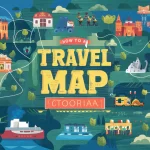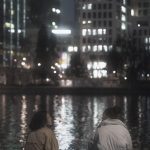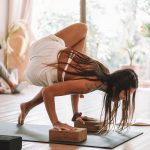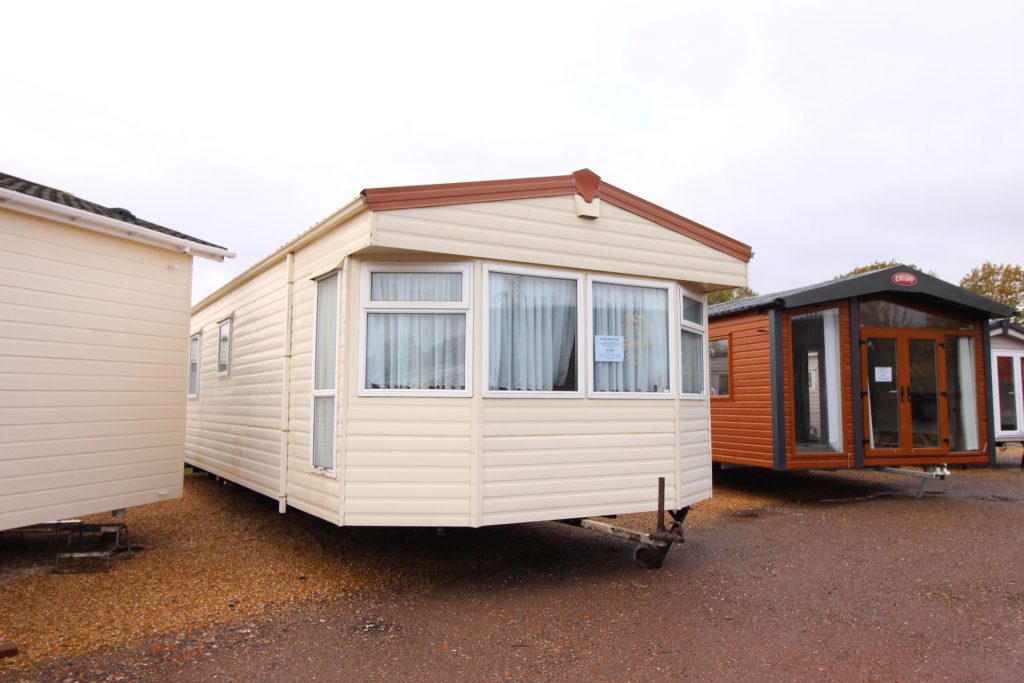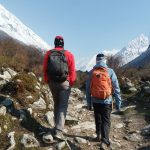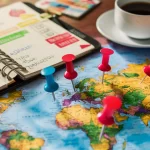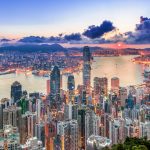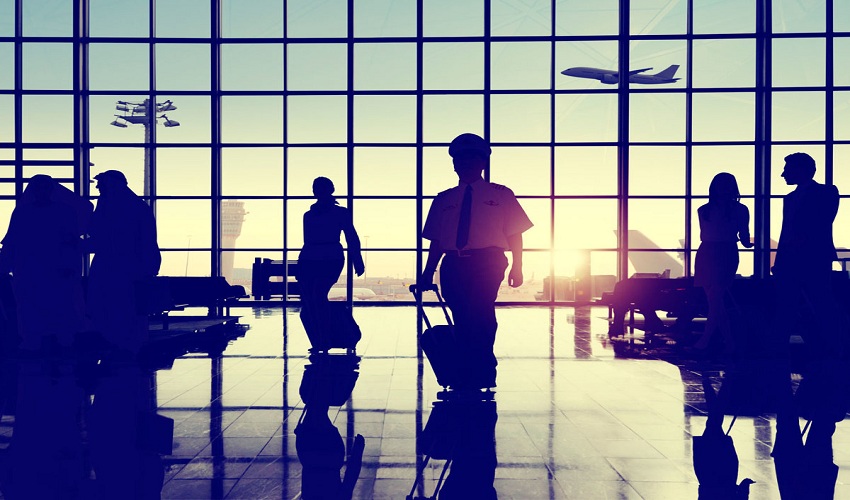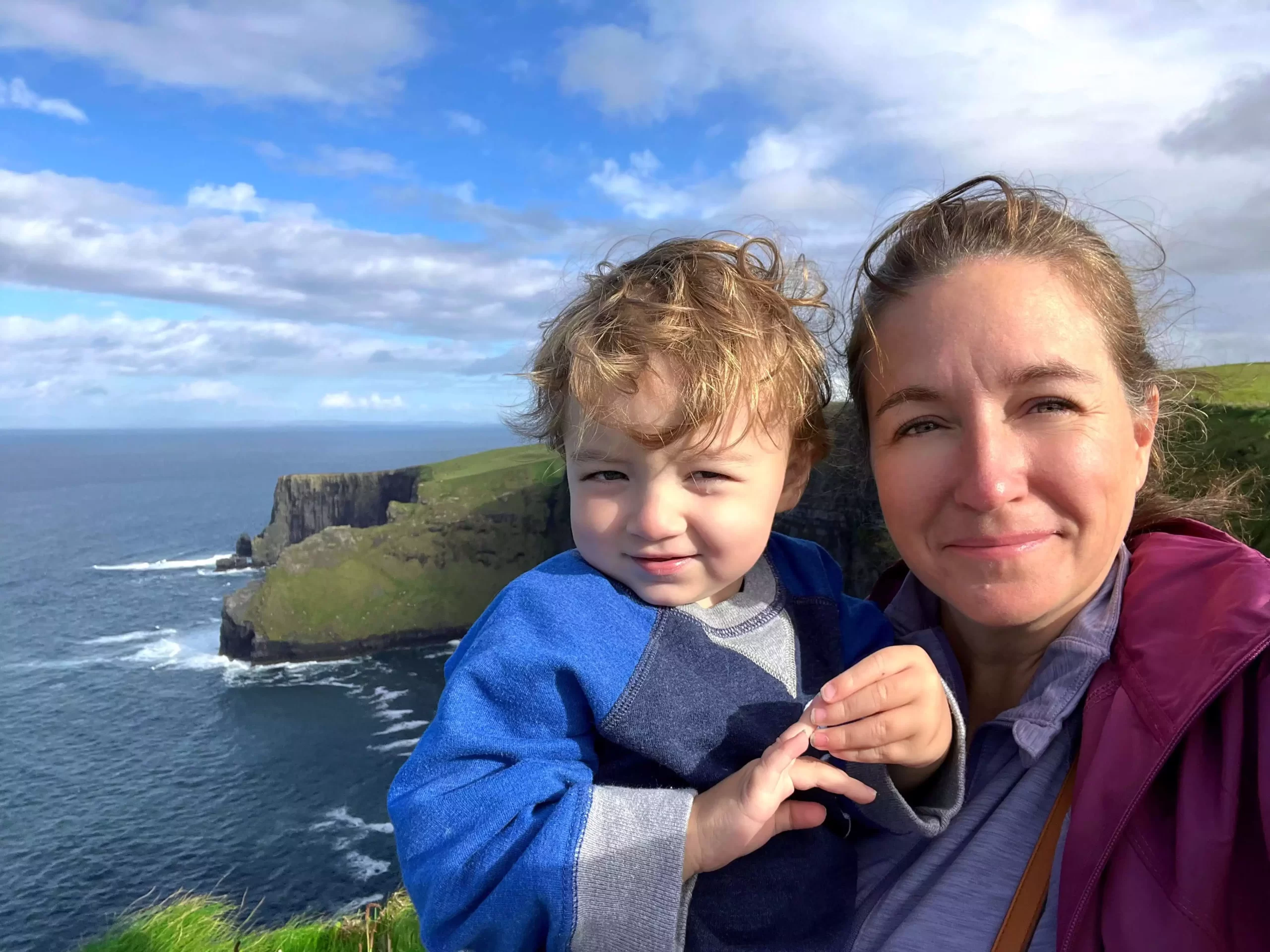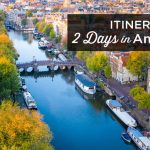Going on an African Safari is a once-in-a-lifetime experience for many travellers. Seeing wildlife in their natural habitats up close is truly unique. However, capturing great photos and videos during a safari can also be challenging.
Between the bumpy roads, fast-moving animals, and limited time to get the shot, it takes planning and practice to get high-quality images. In this post, I’ll share some tips for photographers and videographers to help you make the most of your African Safari.
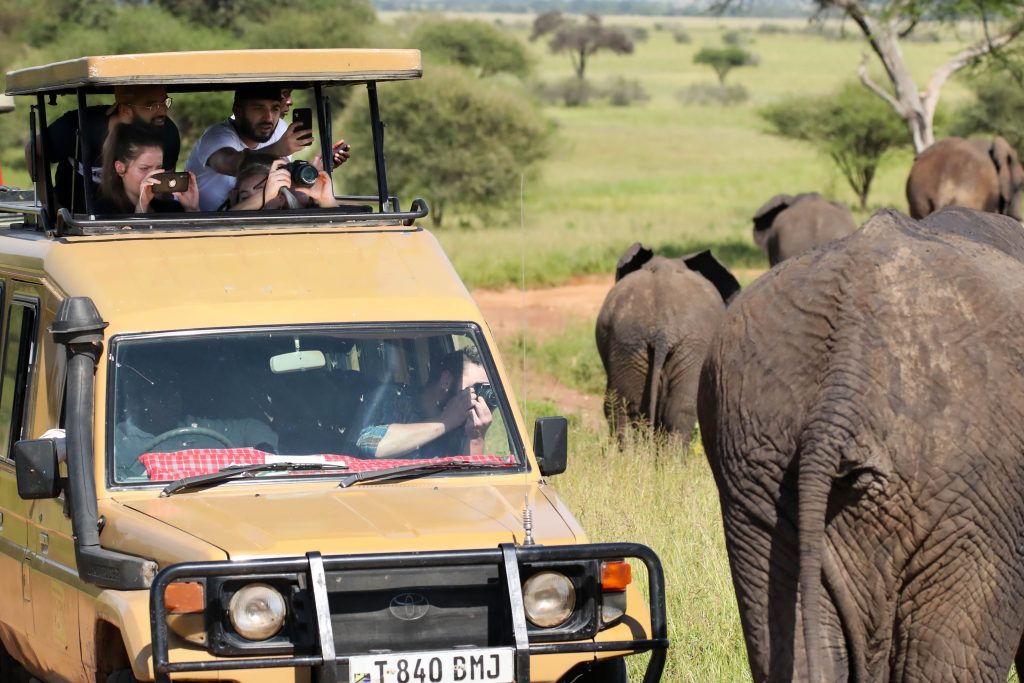
Content
Prepare Your Camera Gear
One of the most important things you can do is to properly prepare your camera gear before your safari. Make sure to clean all lenses and sensors. Check batteries and memory cards – you’ll want to have spares of each.
Consider camera accessories like extra lenses, filters, and portable chargers to keep your gear running all day. An external microphone is highly recommended for video to capture better audio on the move.
When packing, prioritize lenses with longer focal lengths. Telephoto zoom lenses from 200mm to 500mm are ideal for wildlife photography. A 70-200mm or similar lens is versatile for both landscape shots and closer animal portraits.
Bring protective cases and rain covers, as you’ll be outdoors in varying conditions. Make camera settings easily accessible too – you won’t have time to fumble through menus when an opportunity arises.
Scout the Best Photography Spots
Most African Safari lodges and guides are very knowledgeable about the best areas to see different species. Ask them about the most reliable spots for elephants, lions, leopards, and other sought-after animals.
Popular watering holes tend to draw a variety of wildlife in the mornings and evenings. Tall grasses and thick bush also provide excellent hiding places for predators and their young.
Scout viewpoints before the main activity of the day. Find angles with interesting backgrounds like trees or rock formations. Come early or stay late to catch the best light. Golden hour around sunrise and sunset creates magical ambience.
Look for natural frames like open vehicles or landscape features to compose your shots. Be aware of other vehicles too – you don’t want them blocking your photos!
Practice Patience and Camouflage
Wild animals will only pose for your camera if they feel safe. Blending into your environment is key. Dress in muted, earthy tones and remain as still as possible when an animal is near. Use camouflage nets, if available, to conceal yourself and your gear. Be very quiet – loud voices and sudden movements can easily startle wildlife.
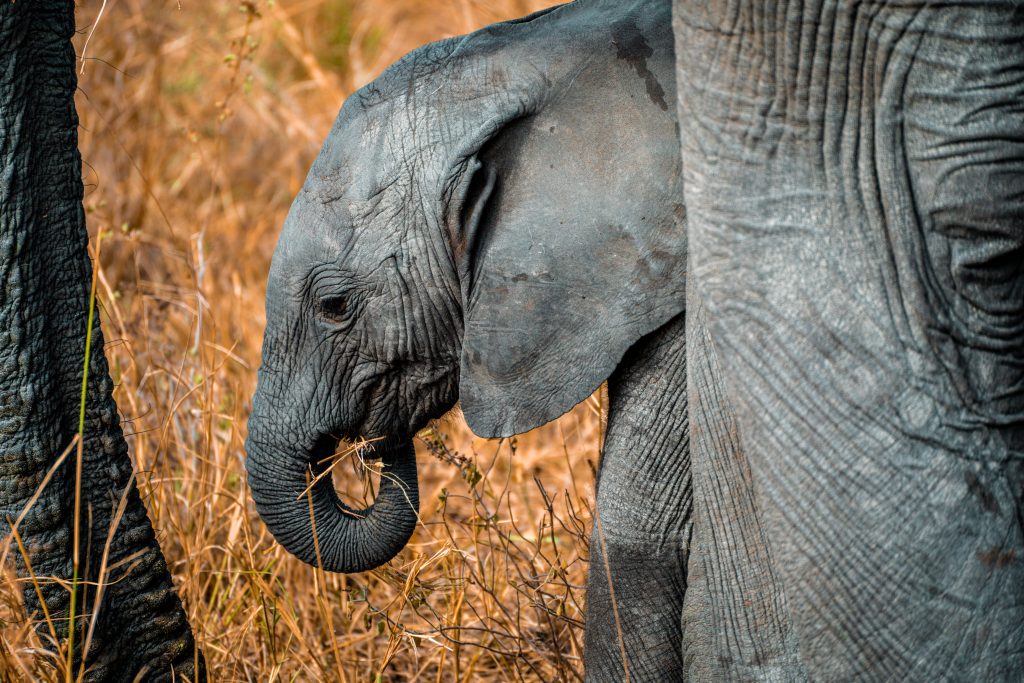
Most animals are naturally wary, so you may have to wait patiently for the perfect shot. Watch their body language and be ready to capture that fleeting moment when they relax or engage in interesting behavior.
Zoom lenses let you photograph from a distance without disturbing the scene. With practice, you’ll learn to read an animal’s comfort level and know when it’s safe to reposition slightly for a better angle. Patience is rewarding when it results in up-close, natural photos.
Consider Specialized Photo Safaris
For serious wildlife photographers, specialized photo safaris offer unique opportunities. Guides are experienced in helping photographers find and capture images of rare and elusive species.
Vehicles are optimized for photography with features like elevated seats and swiveling chairs. Multi-day itineraries focus on specific regions or habitats ideal for certain animals.
Photography-focused lodges provide extra amenities too like large, open-air viewing decks and blinds set up near watering holes. Multi-night stays allow you to observe animal behaviors over different times of day.
Special photo packages may include extras like drone use, spotting scopes, or photo editing lessons from a pro. If your primary goal is wildlife photography, investing in a dedicated photo safari can be well worth it.
Get Creative with Video Techniques
Capturing compelling video on an African Safari takes some different skills than photography. A few tips:
- Use a monopod or lightweight tripod for stabilization, especially in bumpy vehicles. Consider a shoulder rig or chest mount too.
- Film in 4K resolution if possible for high quality playback. Shoot at 60fps for smooth slow motion of fast movements.
- Get close-ups of textures, tracks, and signs for B-roll between animal clips. Sound effects like wind or bird calls add atmosphere.
- For animal portraits, start wide and zoom in slowly for dramatic reveals. Cut between angles like wide landscape establishing shots.
- When an animal is far away, zoom in and hold for a few seconds before panning or zooming out to reframe. This builds suspense.
- Film interactions like mothers teaching cubs or sparring between males for compelling narratives.
- Consider using a drone for unique aerial perspectives if regulations allow. Always fly safely and respectfully.
With practice and the right techniques, you can capture stunning video that brings the experience of an African Safari vividly to life.

An avid traveler, Kirk Grover has been to over 50 countries. He has an extensive background in tourism and hospitality management, along with a degree in Hospitality Management from the University of Nevada Las Vegas. Kirk is very knowledgeable about travel-related topics – they are always up to date on the latest deals for flights, hotels, and other adventures around the world.
